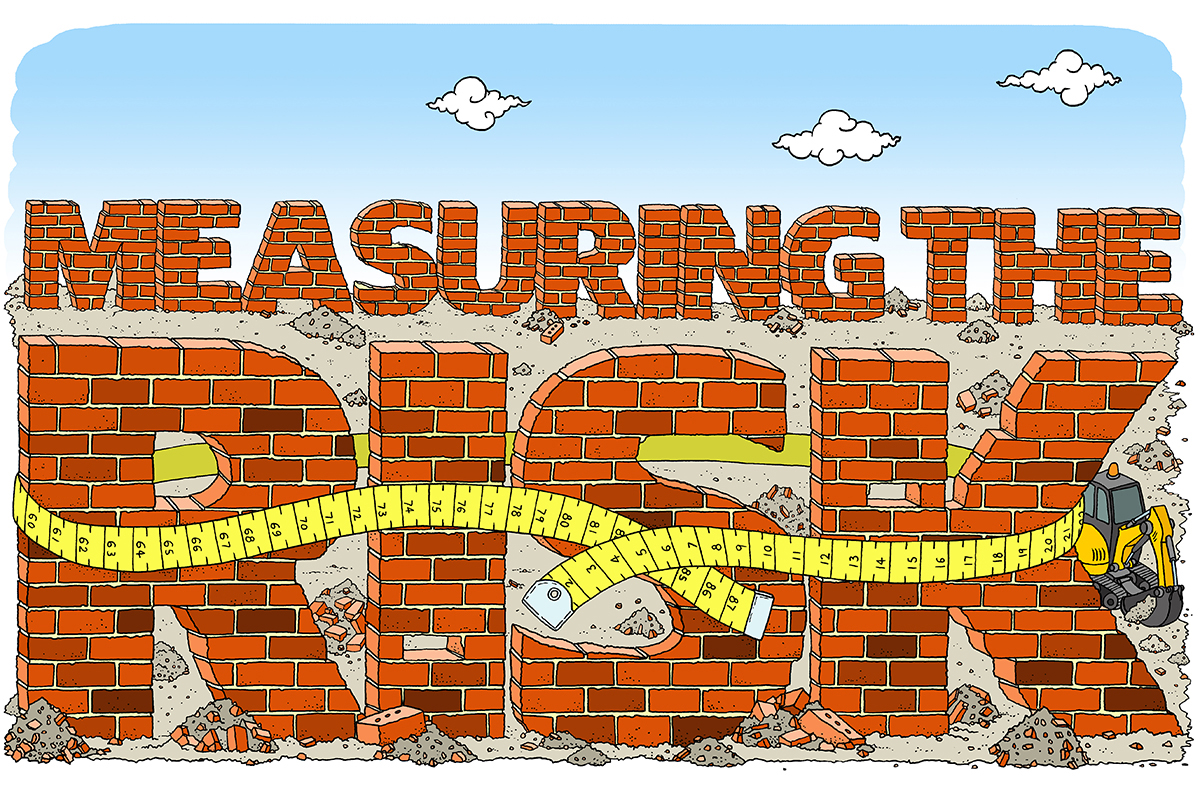You are viewing 1 of your 1 free articles
English regulator’s new VfM standard praised by housing leaders
The Regulator of Social Housing’s use of comparative metrics in its new value for money (VfM) standard has been welcomed by housing leaders.
The new standard and code of practice will come into effect from 1 April. The standard requires providers to publish performance evidence in their annual accounts against their own metrics and those defined by the regulator, and report how that performance compares to their peers.
The regulator has also published seven value for money metrics that providers will be expected to report against.
These metrics are based on information already collected through providers’ existing annual accounts regulatory return, and drawn from the pilot launched by the Sector Scorecard working group. They include new supply delivered, reinvestment, gearing and headline social housing cost per unit.
Sinéad Butters, chair of Placeshapers and chief executive of housing association Aspire, said the regulator’s use of the Sector Scorecard metrics shows strong collaboration with the sector.
She said it is preferable to the self-assessment system it replaces, which involved filling in “pages and pages”.
The Sector Scorecard was created by a working group of five housing associations that came up with a set of metrics to measure how housing associations are performing.
As the government puts pressure on the sector to increase its housing development, the metrics allow housing associations to work out how exposed they are as they seek funding for new homes.
"I think we will see continuous improvement across the sector as VfM transparency becomes more easily comparable," Mark Henderson, Home Group
Mark Henderson, the chief executive of Home Group who led on the Sector Scorecard work, said the metrics “together create a fairly broad picture that represents both efficiency and effectiveness”. He added: “For example, a high gearing ratio alone might be due to higher development outputs – so looking at them together provides us with much-needed context.”
Ms Butters said the scorecard has been helpful because Aspire is “quite highly geared”, so the organisation has used the scorecard to compare itself with other associations and work out “what was behind some of that”.
Mr Henderson said: “It’s great that the regulator has adopted metrics from the Sector Scorecard. The aim was always to create a consistent way to report on value for money across the sector to improve efficiencies, and increase ambition and output.
“As far as the future is concerned, I think we will see continuous improvement across the sector as VfM transparency becomes more easily comparable, which will encourage all providers to drive performance improvements.”
Bruce Moore, chief executive of supported housing organisation Housing & Care 21, said the new standard provides consistency through its metrics, which is “really helpful, because otherwise everyone does their own thing and no one quite knows what you’re comparing.”
He pointed out that his organisation, which provides supported housing, has a “quite different” profile, “but any housing association could say they’ve got unique factors so having some key measures and then having to explain your peculiarities and your differences is a good thing.”
He welcomed the metrics chosen by the regulator for the VfM standard. “If people aren’t developing they need to explain what they’re doing and why they’re doing it. So, how many units you produced last year – if you’re in a lull year and will produce more next year then you need to say that and connect the narrative up.”
The new Value for Money metrics
The new metrics providers are expected to use alongside the value for money standard:
1) Reinvestment %
2) New supply delivered %
3) Gearing %
4) EBITDA major repairs included interest cover %
5) Headline social housing cost per unit
6) Operating margin %
7) Return on capital employed













